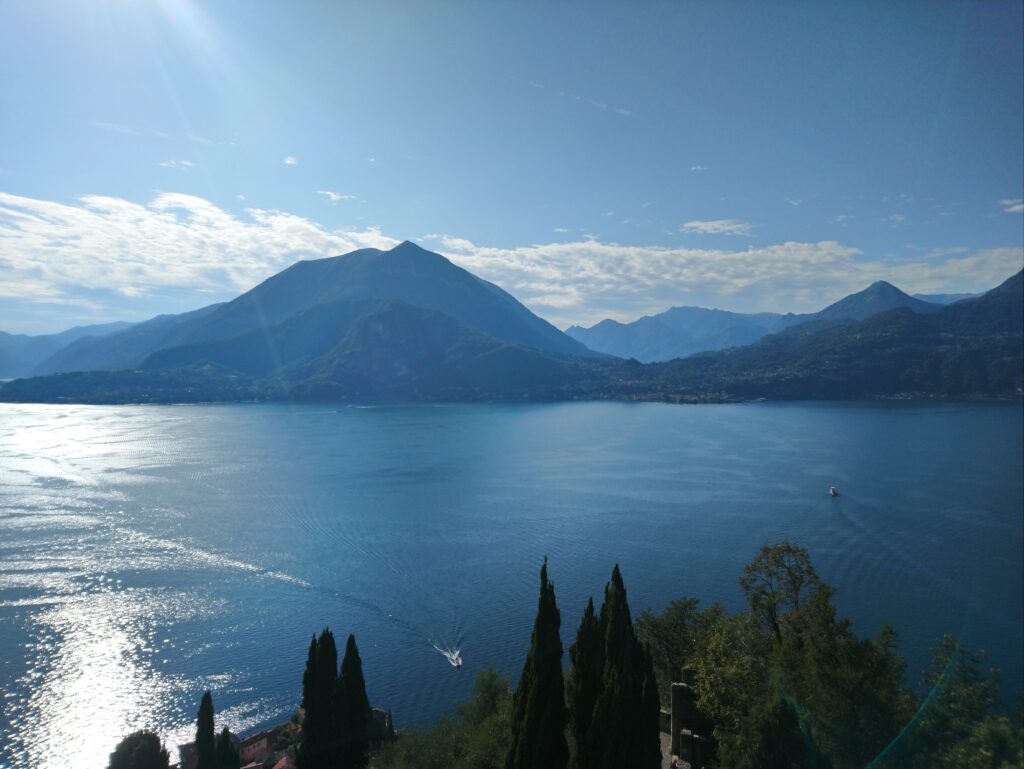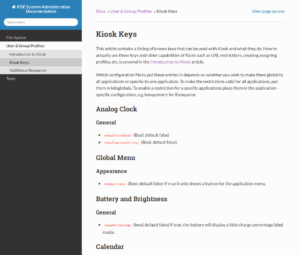Last month I attended KDE’s annual gathering Akademy, which took place at the University of Bicocca in Milan, Italy. Never before had I been to an Akademy where I was interested in so many workshops and discussions that I hardly wrote any actual code.

I arrived quite late on Friday evening, just in time before the kitchen closed at the welcome event. As usual, Saturday and Sunday were packed with presentations: after Lydia welcomed us at the conference, Lars Knoll, CTO of The Qt Company, gave a presentation on their plans for Qt 6. We were glad to hear that Qt is moving towards using CMake as build system which is what KDE has been using for over a decade now. Another point that got us excited was that they’re aiming to provide a unified styling engine for Qt Widgets and Qt Quick. Currently, we try to fill that gap with our qqc2-desktop-style Framework which works pretty well but also has its shortcomings since it just uses QStyle for painting widgets to a texture and none of QtQuick’s hardware-accelerated capabilities.
My talk (slides, video recording) this year was a quick rundown of Plasma’s new notification system. I showed some of its features, such as do not disturb mode, explained new APIs for application developers to use, and gave an outlook on what’s planned in the future. One of the ideas on the crazy side was to have Plasma Browser Integration help reduce duplicate notifications synced through KDE Connect. Often I have a dedicated app on my phone but just use the web version on my computer. What if, when a notification is synced from my phone, KDE Connect can ask my browser whether I have the respective website open and then filter out the notification since you probably got one from the browser already anyway?

There were so many interesting BoF sessions this year that I had to actually schedule where to go well in advance. Starting off the week early in the morning was a planning session on KDE Frameworks 6, where we came up with a giant work board of things to do. See David’s email for all details. Later that day I attended sessions on Snapcraft (we’re “all about the apps”, after all), openQA, GitLab, and KDE neon.
Tuesday morning I scheduled a BoF on notifications. It was a brainstorming session on how to improve notifications both for application developers and end users. The main focus was how to make the history more useful, what ways there are for applications to manage their notifications properly anytime, no matter if it is currently shown in a popup or two pages down the history. Also, we did some planning for a KNotificationV2 class with fewer dependencies, first-class QML bindings, and proper platform backends for Android, Windows, macOS, etc. See the meeting notes for more information.
The Plasma BoF afterwards was mainly about Wayland (screen rotation, window thumbnails, virtual keyboard improvements, stability), theming, System Settings reorganization, and Plasma Mobile. Following the successful Plasma 5.12 LTS and based on distro feedback we decided that Plasma 5.18 will be another LTS release. Check out the meeting notes, too.
Traditionally Wednesday afternoon is when Akademy attendees venture out explore the area they all traveled to. This year’s day trip went to the North to Varenna near Lake Como, where we hiked up to Vezio Castle, and took the ferry to the other side of the lake. Of course, with sunny weather and beautiful landscape around, we just had to take a swim in the lake.

On Thursday morning there was a session on how to write custom KItinerary extractors. I’m a huge fan of KDE Itinerary and in the few hours between discussions I actually had to write some code, I moved forward my secret master plan to augment Plasma Browser Integration with Itinerary and structured data extraction capabilities. Stay tuned for a follow-up blog post on that. :) [Here it is]

In the afternoon we scheduled a two hour track for everything enterprise. The big topic right now is KIO Fuse which will finally allow non-KDE applications to seamlessly access network shares and other remote locations. We were also glad to hear our friends in Munich are quite happy with Plasma 5.12 LTS. The second hour was mostly spent on touching up our sysadmin documentation and we decided to migrate it to a Sphinx page, similar to our new HIG page. The idea is to use as much auto-generated content from actual config files and source code as possible to keep it from getting outdated that easily. Again, there’s some notes with more details.
Thanks to everyone involved in making this event possible! It has been a great week of discussion and planning with many new faces that I’m looking forward to seeing again in the future.
2 thoughts on “Akademy 2019 in Milan”